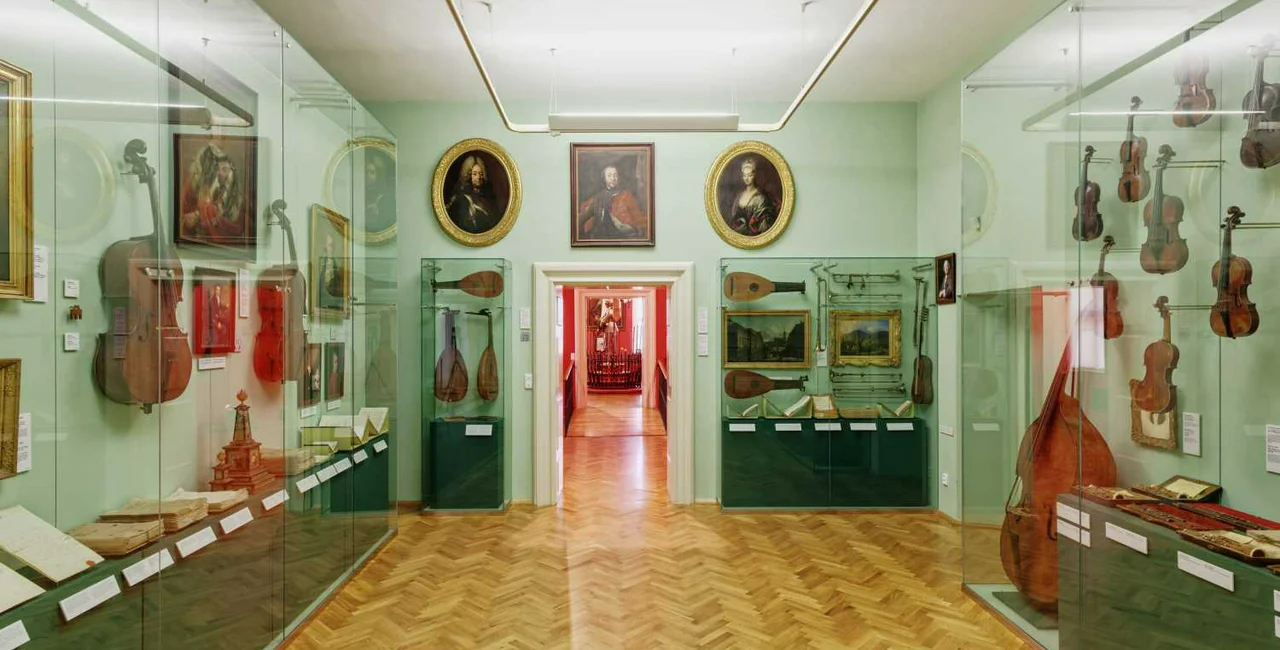The typical Prague Castle tour leaves out an important building. Lobkowicz Palace is the only palace in the castle complex that is private property, and it is run separately by the non-profit organization Lobkowicz Collections, o.p.s.
The building, located near the eastern entrance to Prague Castle on Jiřská ulice, has been in the hands of the Lobkowicz family since 1603, though it was lost and gained back twice in the 20th century.
Along with the palace at Prague Castle and other properties such as a chateau in Nelahozeves and Střekov Castle near Ústí nad Labem, the family regained a large collection of art of art, movables, books, music scores, archival documents and arms.
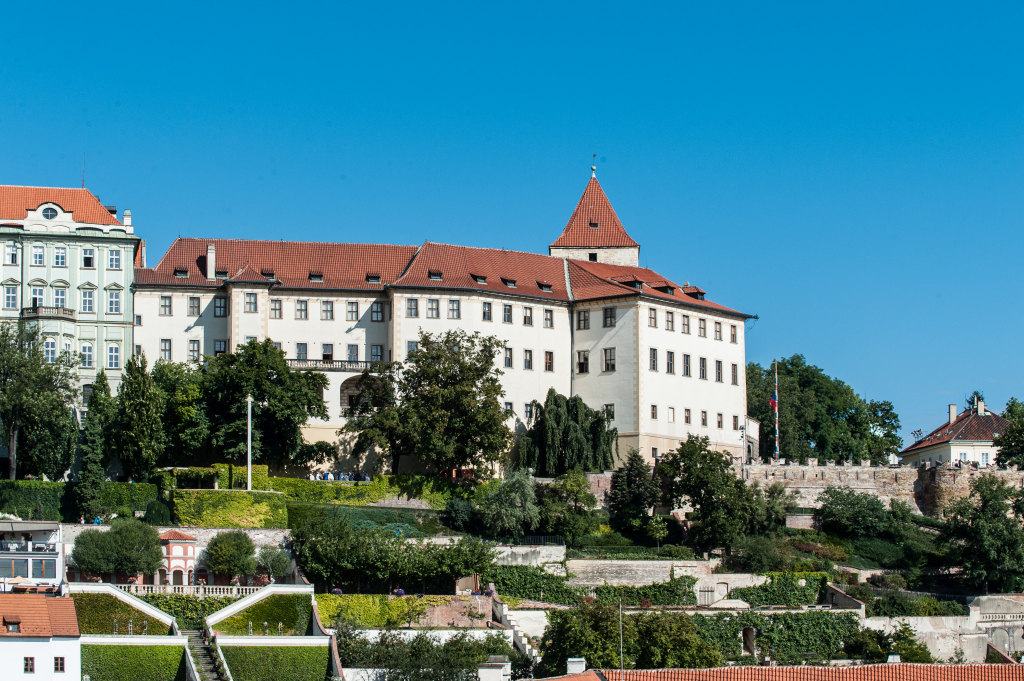
Some of the most prized possessions on display at the palace in Prague Castle relate to the Lobkowicz family’s support to composer Ludwig van Beethoven.
This year is the 250th anniversary of Beethoven’s birth, on December 1770. Joseph Franz Maximilian, the 7th Prince Lobkowicz, had a close relationship with the German composer. Beethoven’s Third Symphony, the Eroica, which was originally going to be dedicated to Napoleon Bonaparte. Beethoven later changed his mind and dedicated it to the prince instead.
Beethoven was disillusioned when Napoleon declared himself emperor, and apparently flew into a rage and damaged the original title page. While the music itself is still inspired by Bonaparte’s years as First Consul, the new dedication acknowledges the support of Beethoven’s patron.
Visitors to the Lobkowicz Palace at Prague Castle can see the first printed edition of Eroica, with the dedication to Prince Lobkowicz.
The palace’s edition has Beethoven’s handwritten corrections and annotations. The score, printed in October 1806, is well-worn, with stained corners and edges indicating it was heavily used.
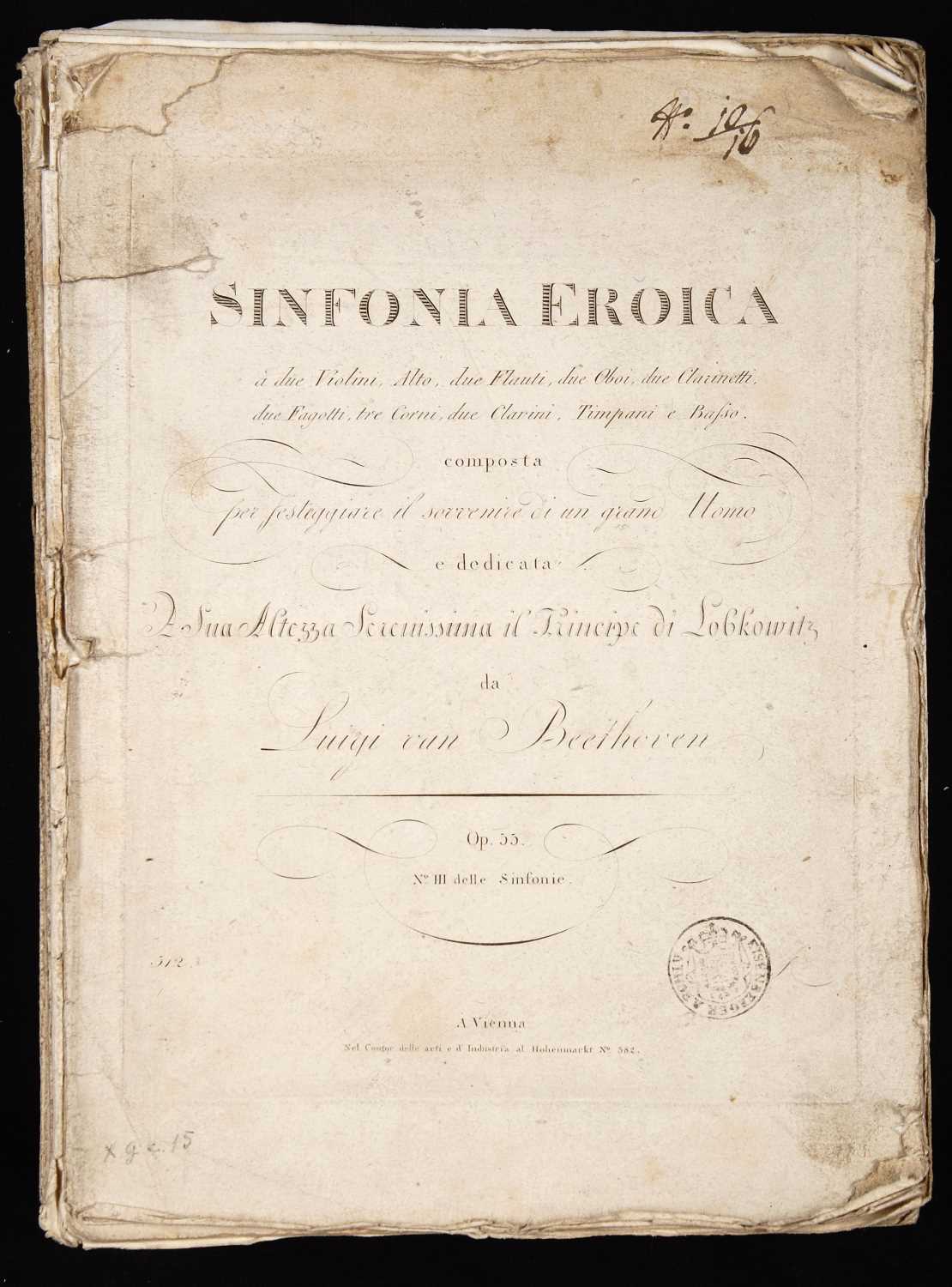
The 7th Prince and the composer met in 1792, shortly after Beethoven’s arrival in Vienna. Prince Lobkowicz and two other noble patrons agreed to give financial support to Beethoven so he could work without worry.
Beethoven repaid the prince by dedicating several pieces to him — the six String Quartets opus 18, the Triple Concerto, the Harp Quartet Opus 74 and the Lieder cycle An die ferne Geliebte, as well as the Symphonies No. 3, 5 and 6. The palace at Prague Castle also has original performing parts with hard-written annotations by Beethoven for Symphonies Nov. 4 and 5,
The first rehearsals and private performances of Eroica took place in late May or early June 1804 at the Lobkowicz Palace in Vienna. That October, after private performances of the symphony at Jezeří Castle in what is now the Most district, Prince Lobkowicz made two substantial payments to Beethoven to secure the rights.
The Lobkowicz family continues to support the arts, and has a large musical library aside from the Beethoven works. A catalog was published last year, and the Lobkowicz family through its foundation provides scholarships for music research. They also support concerts at Nelahozeves.
Lobkowicz Palace played a minor role in a significant event in Bohemian history — the aftermath of the Second Defenestration of Prague, which occurred in 1618. Sometimes this is called the Third Defenestration, as scholars disagree over another unrelated incident.
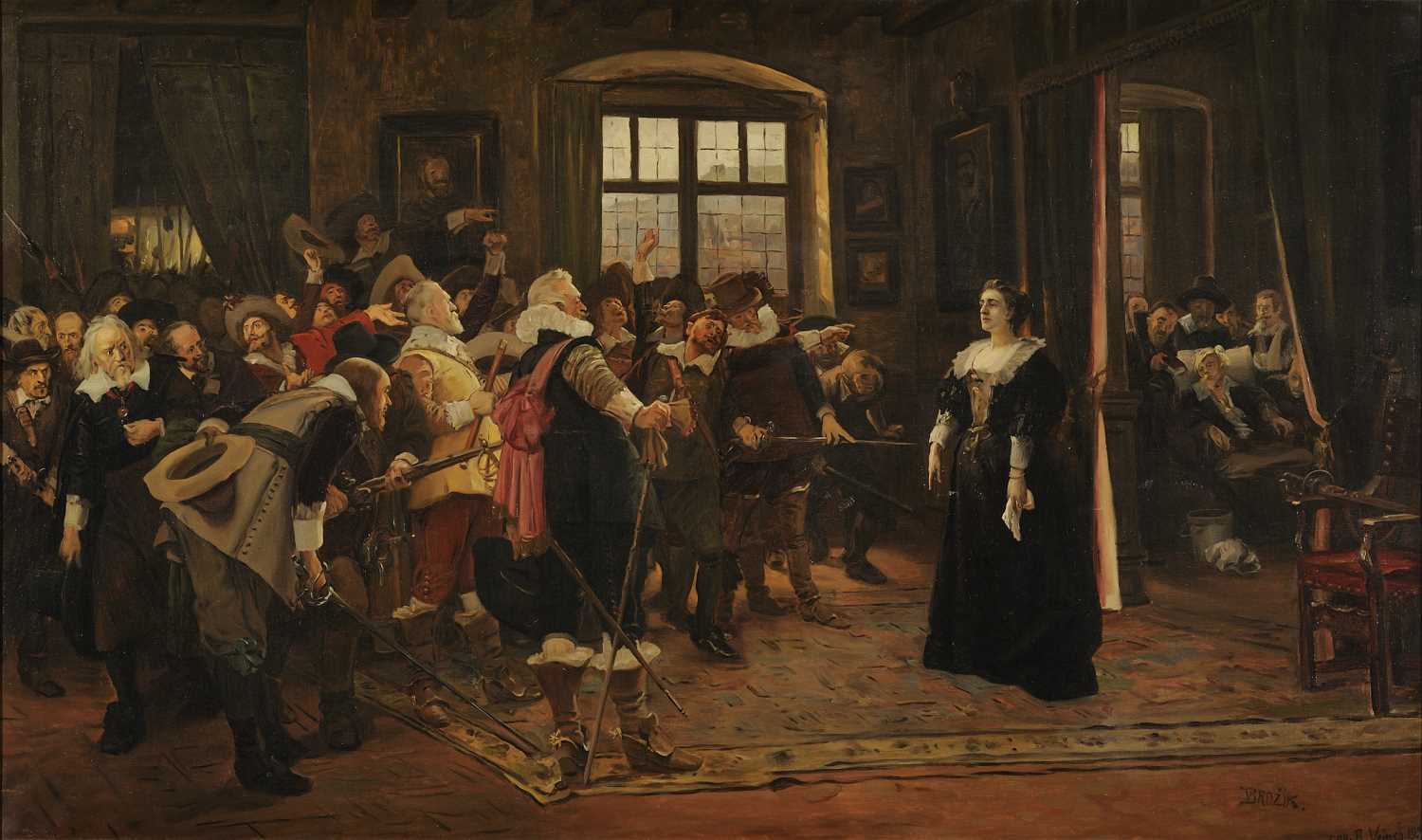
The Second Defenestration itself took place at the Bohemian Chancellery, part of the Old Royal Palace. Protestant hardliners threw three representatives Holy Roman Emperor Ferdinand II, a Catholic, out of a window for a 20-meter drop. The three survived, and Catholic forces claimed it was a miracle due to angelic intervention.
Two of the three injured Catholic envoys took refuge at the nearby Lobkowicz Palace, where Polyxena of Lobkowicz was in residence. She was also a Catholic, with ties to Spain on her mother’s side, and a strong supporter of the Catholic cause.
A large painting on display at the palace depicts the incident a bit fancifully, with Polyxena personally standing up to an armed mob, blocking their access to the wounded Catholic envoys behind her in another room. The defenestration eventually led to the Thirty Years’ War.
Polyxena is also closely associated with the Infant of Prague, a wax-coated wooden statue of Baby Jesus, dressed in lavish robes. A copy is at Lobkowicz Palace, while the original is now at the Church of Our Lady Victorious in Malá Strana.
The statue, which came from Spain and is traditionally said to have belonged to St Teresa of Ávila, was given by Polyxena to the Carmelite order in Prague. It is now looked after by Carmelite nuns, and draws large crowds of the faithful from Spain, Portugal, and other countries.
Paintings of Polyxena and other family members can be found in the palace’s portrait gallery.
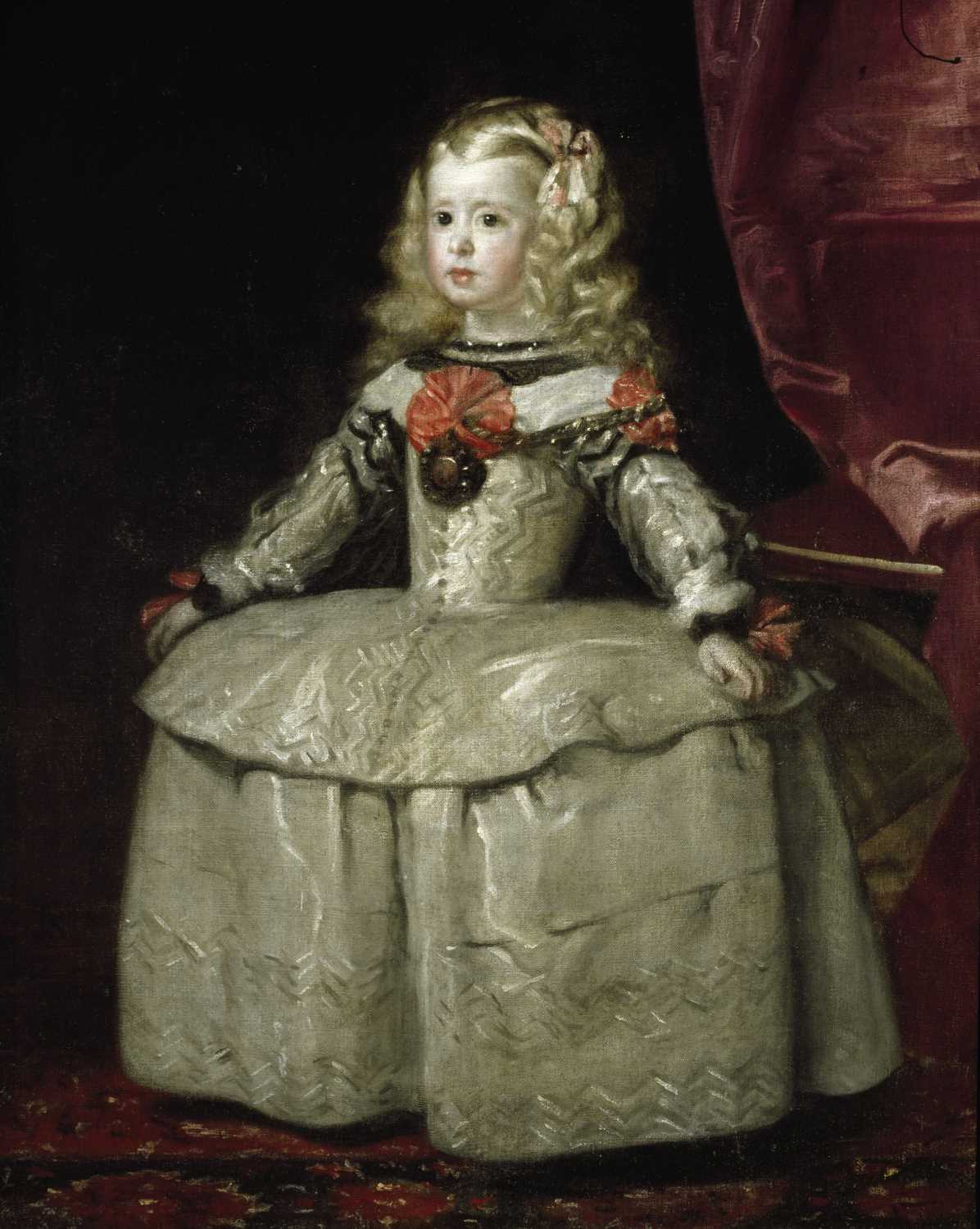
Visitors also have a chance to see several masterpiece paintings from the Lobkowicz Collections. One highlight is Velázquez’s painting of the Infanta Margarita Teresa of Spain, wearing a silver dress. It was painted in 1655 when she was 5 years old. Sadly, she died at age 22 shortly after giving birth to her fourth child. A second portrait of her as a young woman is at Nelahozeves Castle.
The Lobkowicz family maintains the oldest and largest privately-owned art collection in the Czech Republic and has the most extensive collection of Spanish portraits outside Madrid and Vienna.
While most of the paintings on display are portraits, there are a few landscapes, including one of the most valuable paintings in the Czech Republic, the 16th-century Haymaking by Pieter Bruegel the Elder.
Ferdinand Philip, the 6th Prince Lobkowicz was in London in 1748 when he encountered two of Antonio Canaletto’s paintings of London and bought them both. They are considered the finest depictions of London of that era.
The River Thames Looking Towards Westminster from Lambeth, painted in 1747, was confiscated by the Nazis and destined to hang in a planned museum in Linz, Austria, the hometown of Nazi dictator Adolf Hitler.
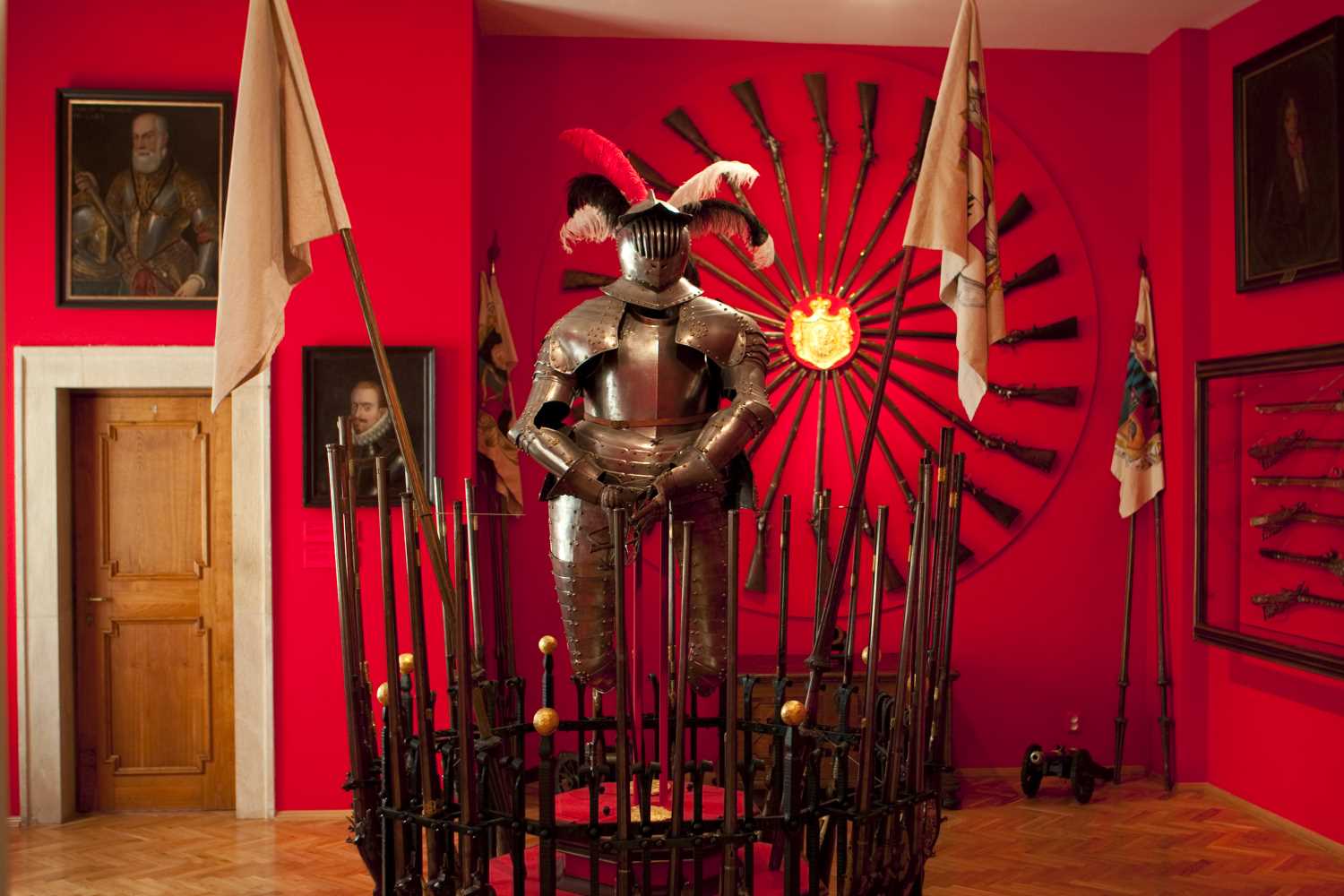
The painting was found in a salt mine in Austria by American forces at the conclusion of World War II, with other stolen art. People who have seen the 2014 filmThe Monuments Menmay be familiar with similar efforts to recover looted artworks. The painting was returned to Prague but confiscated again in 1948, and then returned again after the Velvet Revolution.
On a lighter note, the Lobkowicz family has always been fond of dogs, and one of the palace rooms is dedicated to pictures and items related to canines. Another room has art depicting birds, some of it with real feathers. There is also a room with a collection of historical weapons, many showing very fine craftsmanship.












 Reading time: 5 minutes
Reading time: 5 minutes 